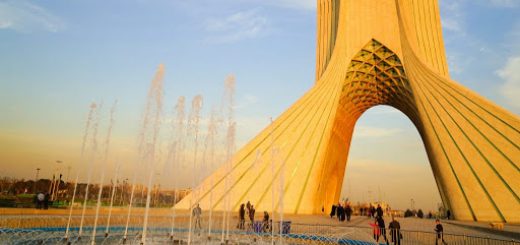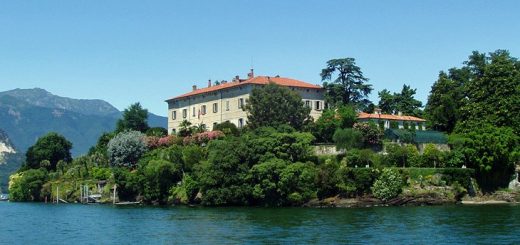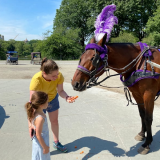Rome attractions
Campo de’ Fiori is a rectangular square south of Piazza Navona used as a marketplace during the day, and party central for college students and tourists at night. The name means “field of flowers” and was first given during the Middle Ages when the area was actually a meadow. Today the market is a lively place, especially when the daily vegetable market is held here (every morning except Sundays). Visitors can buy fresh produce at the market, as well as fish, meat, flowers and spices. The square is surrounded by cafes and restaurants, making it a good place to eat after shopping or just wile away the afternoon.
Take a look at a Rome tourist map, and you’ll see one area so filled with things to do that it’s hard to read the street names. This is the Centro Storico, the historic center of Rome, with so many art-filled churches, resplendent palaces, and lively squares that you could spend your whole vacation strolling its ancient streets and lanes. Spend some time just to absorb the neighborhood’s atmosphere instead of going from one of its must-see sights to the next. Along with Piazza Navona, the Trevi Fountain, and the Basilica of Santa Maria Maggiore, stop in less well-known churches, such as Santa Maria del Popolo, where you’ll find works by Bernini and Caravaggio.
Appian Way – The Appian Way is the most famous ancient road in Rome, connecting the city with Brindisi in southeastern Italy. Named after Appius Claudius Caecus, a Roman censor, it was originally a military road. Many historical monuments can be found along the first 8 km (5 miles) of the 560 km (350-mile) stone road today. This old highway has heavy vehicle traffic at the beginning, but is safe for pedestrians after a couple of miles. More details on Rome Tours…
Terme di Caracalla
The ancient city of Rome had hundreds of bath structures and the Terme di Caracalla are the most impressive remains that shed light on these important culture spaces. The Baths were built in the 3rd century AD and were the second largest public baths in the city, originally covering 25 hectares (62 acres). Today, the Rome Opera hosts its summer operas and ballets inside the ruins.
Free things to do in Rome : Walk the Ancient Appian Way
The Appian Way (Via Appia Antica) was Europe’s first highway. Built in 312 B.C., the Appian Way connected Rome with Capua running in a straight line for much of the way. The part of the old road close to Rome is part of a nature and archaeological park, the Parco Regionale dell’Appia Antica.
Walk on the old road out of Rome on Sunday, when no cars are allowed. There are lots of ancient things to see on the peaceful walk, and the park has detailed routes and maps of the best walking and biking routes. While you are there see the ruins of Roman monuments, two major Christian catacombs, and the Domine Quo Vadis Church.
In the nave look for the footprints reputed to be those of Jesus.








